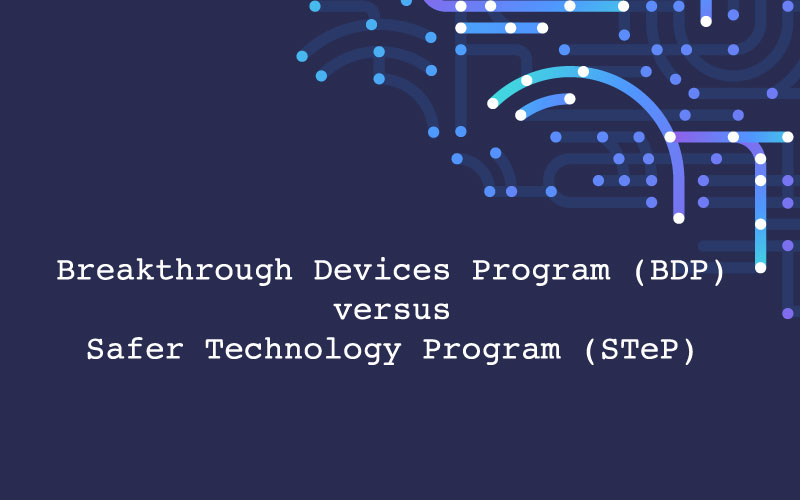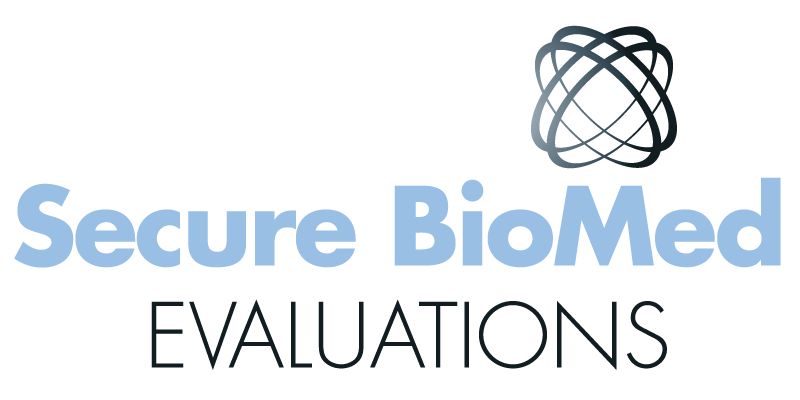My Two Favorite Tools Beyond Submission
Hello, my name is Linda Braddon, and I’m CEO of Secure BioMed Evaluations, and we do engineering, regulatory, and quality support for medical device and biologic companies. I wanted to do a short video on how to use different tools to interact with FDA and get feedback when needed. So two of my favorite tools beyond just a submission is a Q submission and a 513(g). So let’s walk through both of those in the pros and cons of each.
Q-Submission
A Q submission is a great way to submit a protocol or study design to FDA and get feedback on whether you’re on the right pathway for the device that you’re trying to develop.
First you create a briefing document with the device description, intended use and the protocol you would like FDA to review. Your briefing document should also contain a cover letter that summarizes the questions you are asking FDA. Additionally, at SBME we typically uses the cover letter to request a 1 hour teleconference to review FDA’s feedback.
Once you submit the Q-submission, FDA will take somewhere on the order of 70 days to review your document and prepare written feedback. Best practice is to make your questions as prescriptive as possible. Vague or general questions to FDA will result in vague and general answers. At SBME, our goal is to ask 3 really meaningful questions that will give us the best opportunity for a helpful answer. The more prescriptive your questions are, the better the feedback will be.
There are several great things about Q-Submissions including:
- There’s no FDA fee.
- If you ask good questions, we typically get very insightful responses from FDA.
- The process, especially if you request a teleconference, is very interactive.
The limitations of a Q-Submission are:
- FDA won’t review data.
- A Q submission is it’s not binding. So if you do a Q submission now and it is a year or two to do a 510(k) submission, for example, you may have had a turnaround in that particular department or FDA may have learned new data, which changes their approach.
In summary, the Q-submission process can be a very powerful tool to engage with FDA in a meaningful way.
513(g) – Request For Designation
Another pathway we use at Secure BME is the 513(g) pathway. This request for designation process is perfect if your device is somewhat novel and the predicate selection isn’t as clean as what we might like it to be. In these cases, we’ll use the 513(g) pathway to get FDA’s official feedback on how this particular device is regulated.
The Briefing document is actually quite simple. It’s typically a brief device description and a statement describing the indications for use or the intended use of the device. If we think we understand the device classification, we will include that information in the document to FDA.
There is an FDA fee for submitting a 513(g). From a timeline perspective, I’ve had FDA respond as quickly as three weeks and I’ve had them take several months for a review.
Although the timeline for a 513(g) can certainly be variable, I think this is very powerful tool. The feedback from FDA is in writing and typically includes the regulation number and product code. Sometimes FDA will even call out potential predicates which is extremely helpful.
The 513(g) is a very powerful tool when you’re start-up medical device company looking for investments. One of the reasons that Investors will hesitate to invest in a new medical device is that the regulatory pathway is unclear. A 513(g) provides objective evidence from FDA that you and FDA are on the same page.
Conclusions:
Both a Q-submission or a 513(g) can be very valuable tools to consider when you have a medical device company. I hope you found this helpful. If you have any questions, of course, feel free to reach out to us, Secure BioMed Evaluations. We are happy to have a preliminary conversation regarding your specific situation at no charge.
I wish you the best of success in your medical device journey!
Bring Your Medical Device to Market Faster



